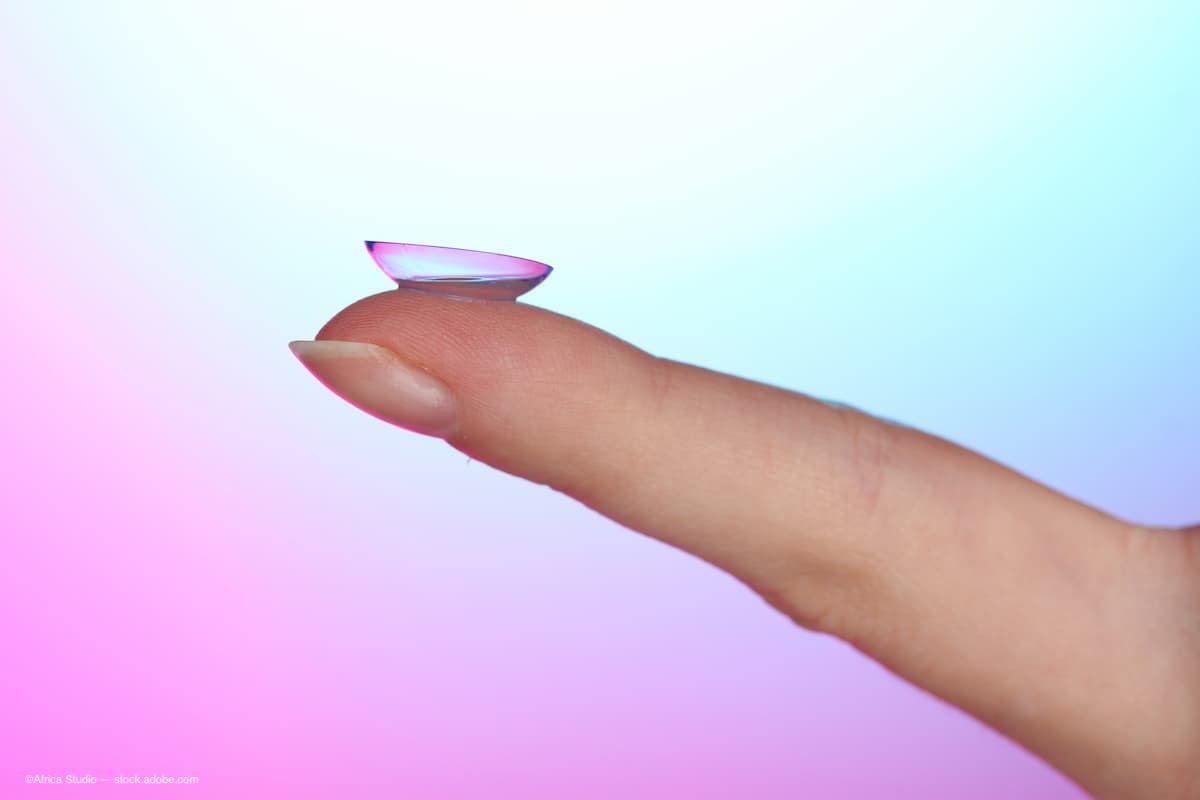News
Video
ASRS 2024: Long-term results of using indocyanine green to peel internal lining membrane
Author(s):
John T. Thompson, MD, spoke about his presentation, "Long-Term Results of Macular Hole Surgery With Long-Acting Gas Tamponade and Internal Limiting Membrane Peeling" at the annual ASRS meeting in Stockholm, Sweden.
John T. Thompson, MD, spoke about his presentation, "Long-Term Results of Macular Hole Surgery With Long-Acting Gas Tamponade and Internal Limiting Membrane Peeling" at the annual ASRS meeting in Stockholm, Sweden.
Video Transcript:
Editor's note: The below transcript has been lightly edited for clarity.
John T. Thompson, MD:
Hi. I'm John Thompson, I'm a retina specialist in Baltimore. And my topic here is the long-term results of using ICG [indocyanine green] to peel ILM [internal lining membrane], and use of a long-acting gas bubble in the treatment of macular holes. And specifically, I was looking at the long-term results in patients who were followed at least 5 years. And the study was from a larger study of 250 consecutive eyes that had primary macular holes, so these were all first surgery macular holes. And patients in this study, in the 250 patient study, there were a total of 83 patients, almost exactly a third of patients, were followed 5 or more years. And the goal was to look at the long-term results of macular holes, both in terms of anatomic and functional success.
What I found is that initially, in this group of 83 eyes, all of the holes were closed at 3 months primarily. However, there were two eyes that developed late reopening of the macular hole between 6 and 7 years, kind of unusual, but it did happen. So the overall one-surgery success rate for the eyes followed 5 or more years was 98%. Now you might think that only the good eyes were followed for 5 or more years, but actually of the 250 eyes, the success rate was also 98% for closing with one surgery. The visual results were also very favorable. 52% of eyes had a visual acuity of 20/40 or better at the final exam. And if you look at 20/63 at the final exam, that also was up, 82% of eyes were 20/63 or better.
To look at it a different way: The average visual acuity improved from 2100 preoperatively to 2050 at the final exam. The results were similar at the 1 and 2-years exams. So these visual acuity improvements are maintained. And unlike macular degeneration and some of the other conditions we treat, the long term results for these eyes are excellent. There were a few complications, a few tears, and a few peripheral detachments, none of which involve the macula. But overall, we seem to be very successful in treating macular holes. These eyes were all treated with ICG removal of the ILM and patients had to remain prone 1 to 2 weeks. And part of the main message of this is that doing simple things like that, a peeling ILM, and long term gas tamponade with prone positioning, results in a very high success rate. And that obviates the need to do these rescue techniques such as autologous retinal transplant or embryonic membrane transplant in these eyes
Newsletter
Don’t miss out—get Ophthalmology Times updates on the latest clinical advancements and expert interviews, straight to your inbox.




